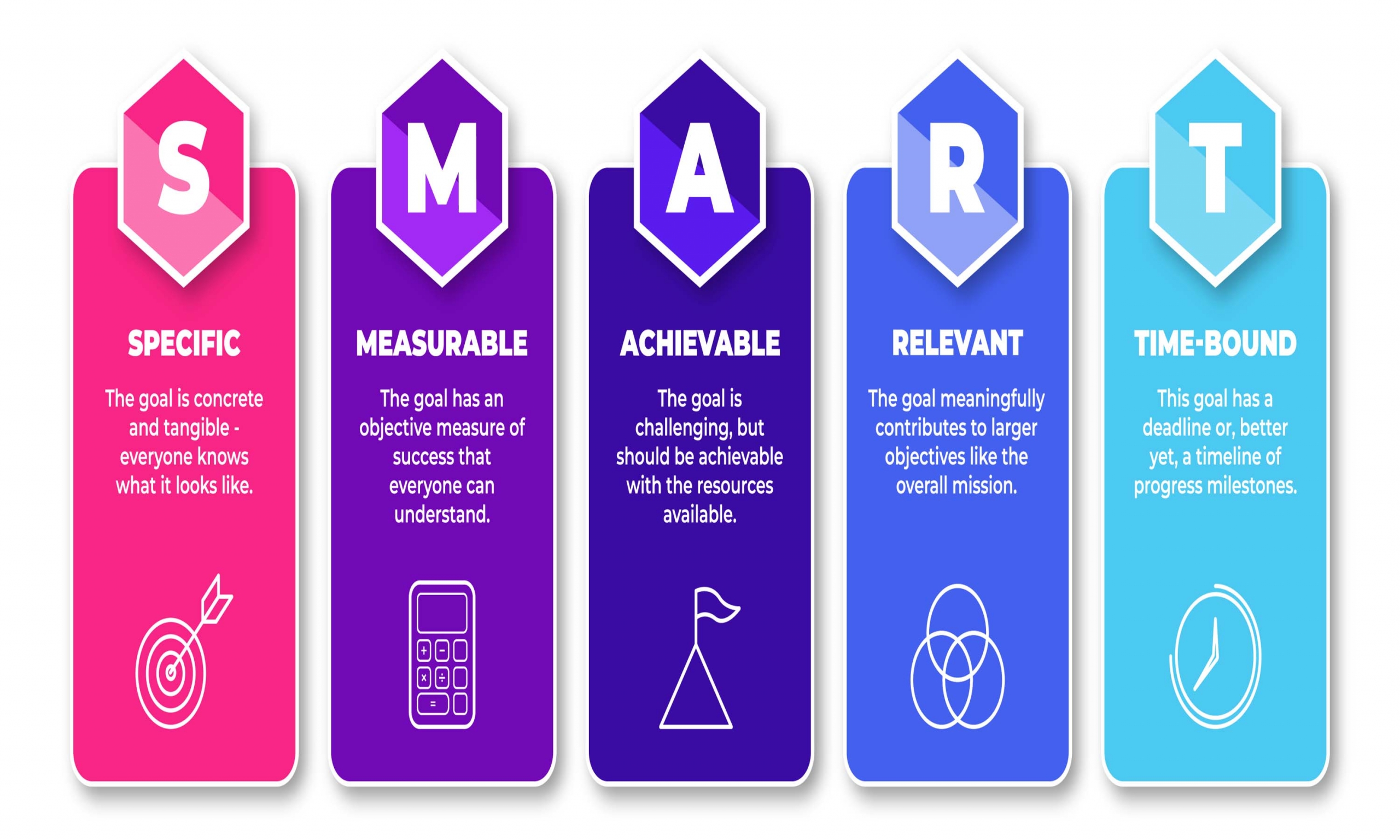Effective Marketing Content Makes It Achievable
“To succeed with a decision-maker, the person proposing a change needs to demonstrate that the plan is achievable,” Garett Mintz writes in the Indianapolis Business Journal. If you’re in business development, you need to position yourself in a way that demonstrates you are the low-risk option, he explains – not necessarily in terms of costs, but in terms of the buyer’s time and reputation. In “de-risking” the option you’re offering, Mintz suggests the following formula:
Proximity + Follow-through = Trust
Proximity through frequency
There’s a lot of wisdom here for online content marketers, I couldn’t help thinking. For example, in order to achieve “proximity”, Mintz says, the more time a business development professional can spend with a prospect, the more rapport and connection will be built. When it comes to online “pull marketing”, we know at Say It For You, proximity is achieved through frequency of posting new content.
The issue we find so often (and this has not changed in the seventeen years I’ve been the business of creating content) is that, even knowing that winning search and driving business to the website involves frequency of posting content, the majority of business and practice owners simply cannot spare the time – or maintain the discipline – of researching, creating and posting content frequently enough to make a substantial difference in their marketing results.
Proximity through recency
As we work with the owners of businesses or professional practices, we always stress how important it is to use the blog to provide information – especially new information – related to their field. Whatever the nature of their business or professional practice, we always advise using the blog to provide that kind of new information.
Couldn’t online searchers find more complete and authoritative sources of information, some ask? Certainly, is my response. but readers need you to help them make sense of the information. And, the very fact that you’re posting new content frequently demonstrates that you’re maintaining “proximity” to what’s going on around you and in your profession or business area.
De-risking through content
Since, as Mintz so strongly emphasized, buyers are protective of their own time, content consisting of case studies, anecdotes, and testimonials (showing how your product or service saved valuable time) are important in building trust. In another sense, de-risking through content involves “de-bunking” of prospects’ unfounded fears and biases. By offering content in the form of “guiding principles”, you can allow prospects to move forward.
To succeed in our content marketing efforts, we need to demonstrate that the plan is achievable!






Follow us online!